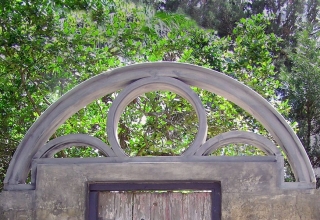
The following article was contributed by: http://sealthedealsuccesskit.com/
The attached article provides two case studies of coaching teams rather than individual clients.
The joy of being a coach is the abundance of unique opportunities to apply coaching skills in a variety of settings. I’ve had two opportunities to coach corporate teams.
The first group was the legal department of a Fortune 100 chemical company steeped in tradition and hierarchy. The visionary leader of the group wanted to create an inter-disciplinary team of 15 leaders that would essentially replace him in implementing their cutting-edge transformational program that is revolutionizing the practice of law. My role was to “be the glue” that held this team together. I was to coach them on leadership, team building, strategic planning, and most importantly, communication.
The second company was a national litigation support services firm that recently went public.
The CEO wanted to design a leadership retreat that would focus on creating a stronger team for the senior executive committee, and produce strategic results to catapult the company profitably in the direction of achieving their vision.
When is a team a team? This question arose in both scenarios. I had set out first to have each team define its purpose — in Steven Covey’s words: “to begin with the end in mind.” While this is a relatively straightforward task with individual coaching clients, it translated with great confusion into the team coaching forum. Group dynamics add a very different element to coaching.
PART I
The chemical company struggled the most with this question. We were a team, but we had no idea what we were to do, by when we were to have done it, and why. “Why are we suddenly a team?” they pondered. “How is this different from the way we’ve been working all along?”
We knew that what makes an effective team is when each team member is committed to a shared vision or purpose, for which he or she needs the strengths of the other team members.
We set out to identify our purpose. Part of the reason why this team was formed was to allow natural leaders to emerge. In order to facilitate this as the coach, I had to stifle my own urge to jump in and lead. In the end, we determined that…[read the rest by clicking below to download]
This article first appeared in Being In Action, 1997, 9, 1-2
RIGHT CLICK THE BUTTON BELOW TO DOWNLOAD THE ARTICLE
Download Article
















